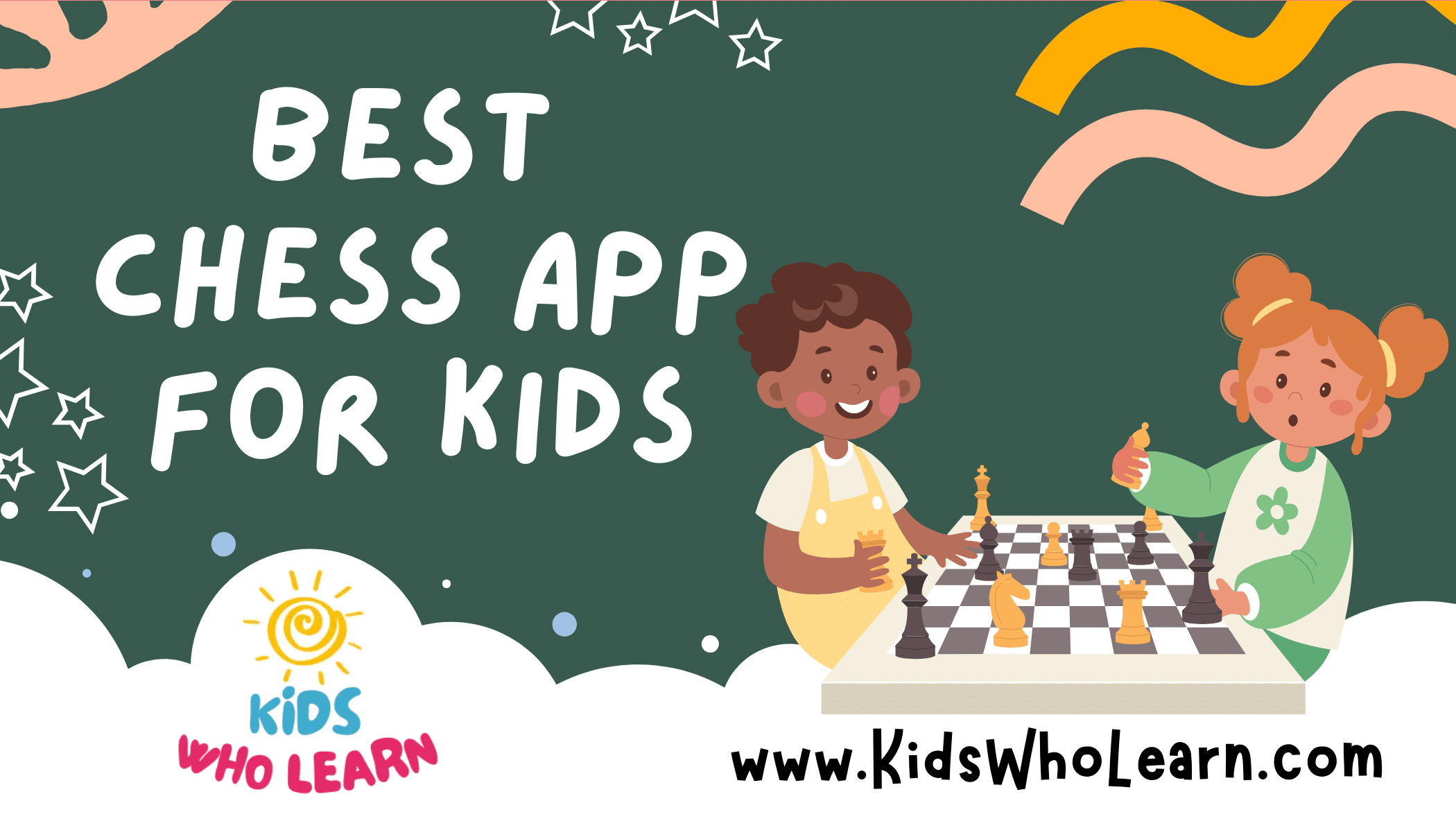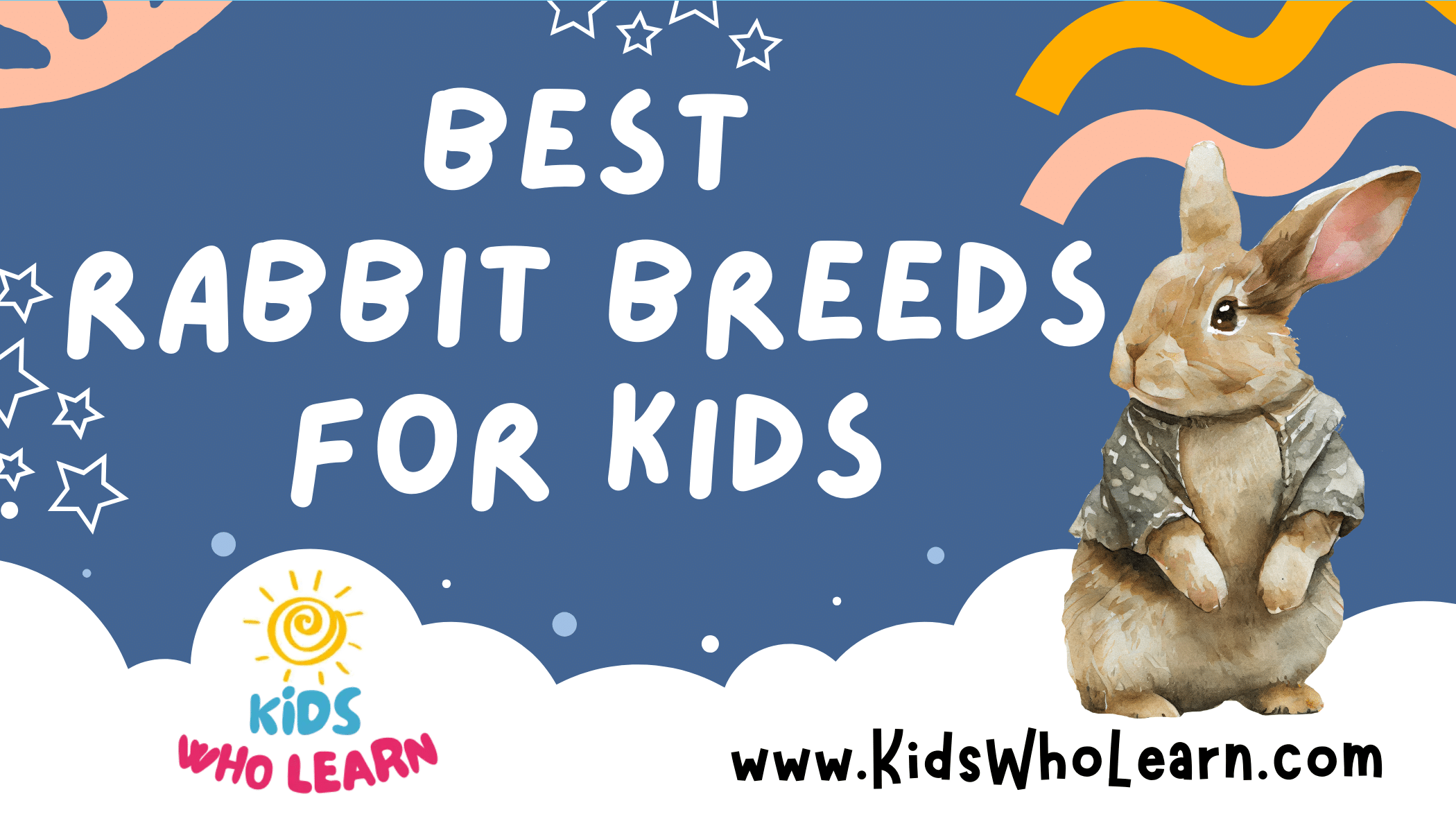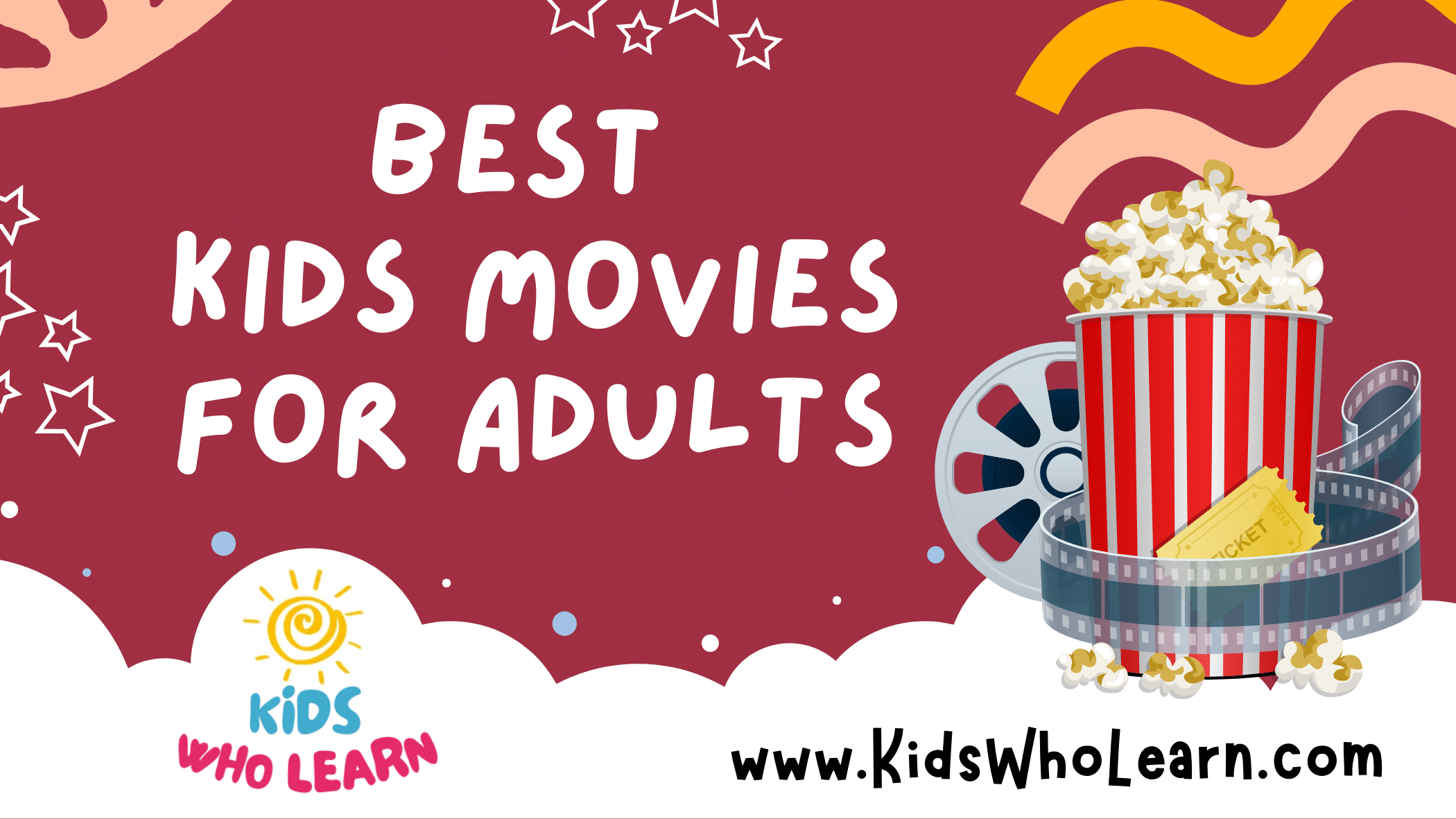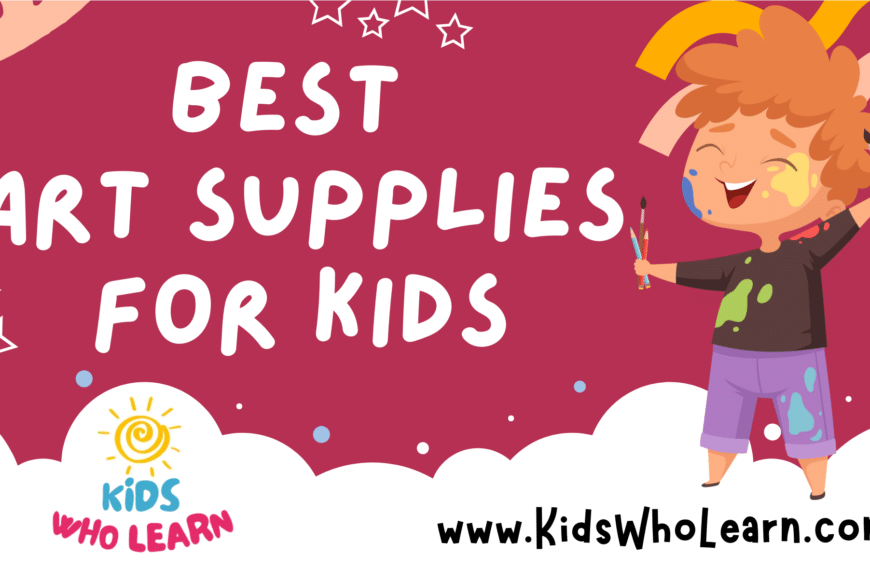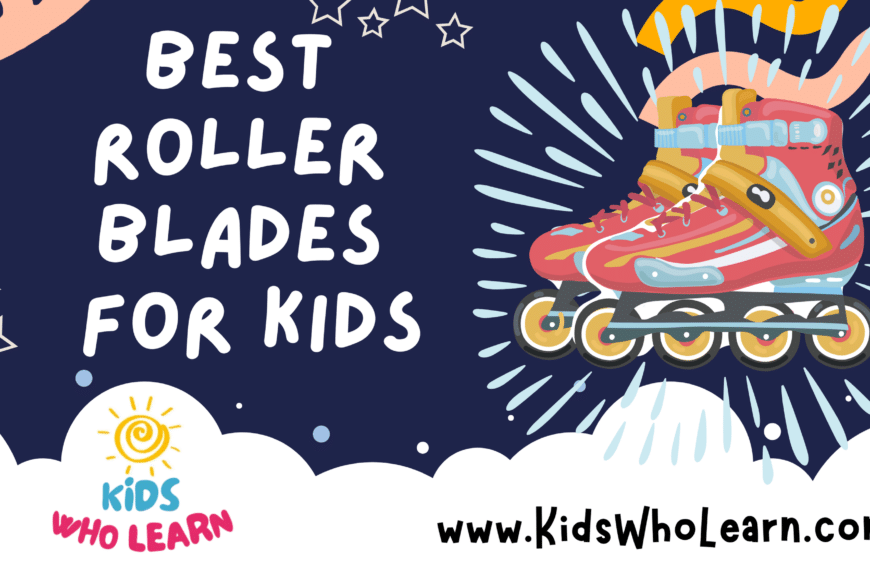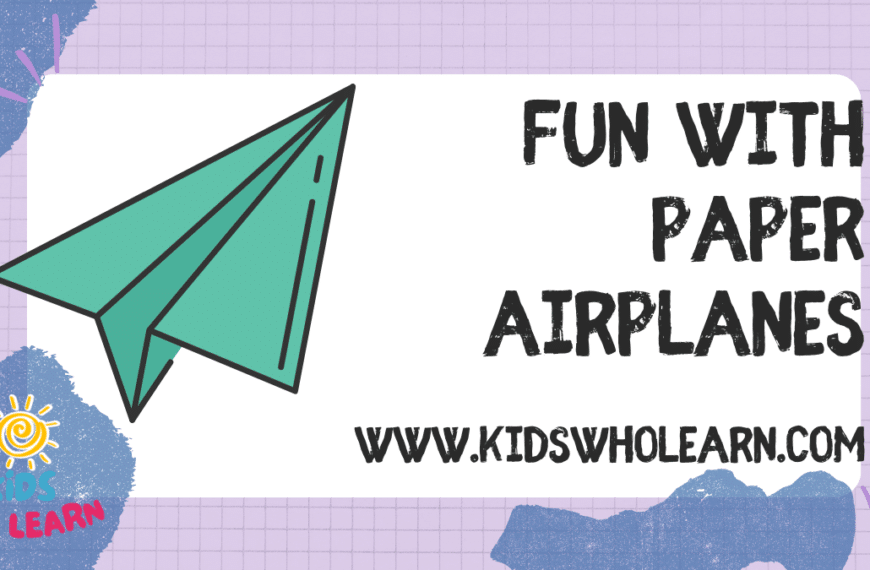Chess is a timeless game that not only brings joy and challenge to those who play it but also offers a multitude of educational benefits, especially for children. It fosters critical thinking, improves problem-solving skills, and enhances memory. With the advent of technology, learning and playing chess have become more accessible for kids through a variety of chess apps designed specifically for them. These applications cater to the learning needs of young players, combining educational content with engaging gameplay to provide a balanced mix of fun and skill development.
Choosing the right chess app for your child means looking for an application that is not only user-friendly and age-appropriate but also effective in teaching the complexities of chess in an enjoyable manner. The best chess apps for kids are those that include interactive lessons, practice games, and challenges that are tailored to their skill level. They often come with captivating graphics and sound effects to keep children engaged. Moreover, many apps also incorporate community and social features to foster a sense of belonging and encourage children to connect with peers who share their interest in chess.
Key Takeaways
- Chess apps for kids enhance learning by making chess instruction engaging and accessible.
- Selecting the proper app involves finding one with interactive lessons and suitable gameplay for varying skill levels.
- The top chess apps provide a secure and stimulating environment that encourages learning and social interaction.
Why Chess Is Great for Kids
Chess is an excellent game for children to engage in, challenging their young minds in unique ways. As your kids play chess, they develop critical thinking and problem solving skills. The game’s nature requires a chess player to not only consider their own strategy but to anticipate their opponent’s moves as well.
Mental Benefits:
- Improves concentration: When kids play chess, they learn to focus and concentrate on the task at hand.
- Enhances memory: Regular practice of chess can help improve a child’s memory due to the need to remember the rules and positions of pieces.
- Boosts problem-solving skills: Chess presents ever-changing problems that need solving, encouraging kids to think on their feet and solve complex issues.
Chess for kids also advances math skills and spatial awareness, as they begin to visualize moves in their head before making them on the board. This visualization improves cognitive and spatial-reasoning capabilities.
| Benefits of Chess | Description |
|---|---|
| Cognitive Growth | Enhances the brain’s ability to do complex thinking and planning. |
| Academic Performance | Often correlates with better grades, especially in math and science fields. |
| Life Skills | Chess teaches patience, discipline, and resilience in the face of setbacks. |
Additionally, in today’s digital age, chess apps for kids offer an interactive and engaging platform which make learning fun. They accommodate various skill levels, allowing kids to progress at their own pace and providing a safe environment where children can develop their abilities as fledgling chess players. The social aspect of playing online can also foster new friendships centered around a shared love of the game.
Choosing the Right Chess App for Your Child
Selecting an appropriate chess app for your child involves evaluating features that enhance learning and ensuring the app adheres to strict safety and privacy standards.
Important Features to Look For
When searching for a chess app, identify those that offer interactive tutorials and progress tracking. These can significantly assist in your child’s chess development. Look for apps that have a range of difficulty levels to match your child’s growing skills. Apps that provide feedback on moves can be exceptionally beneficial, as this helps children understand the consequences of their decisions on the board.
Moreover, it’s advantageous if the app includes chess puzzles and mini-games, as these can make learning more enjoyable and help reinforce strategic concepts. Ensure that the app is compatible with your child’s device, whether it be iOS (such as iPhone or iPad) or Android.
Safety and Privacy
Safety is paramount when it comes to your child’s online interactions. Verify that the app has a comprehensive privacy policy and does not require excessive personal information. It’s imperative that it has parental control options to safeguard your child’s online experience.
The app should also be free from in-app purchases or provide a way to disable them to prevent unintended expenses. Connectivity with a secure, moderated community is important if your child will be playing against other users to ensure they have a safe and age-appropriate experience.
Top Chess Apps for Kids
Selecting the right chess app can enhance your child’s learning experience, ensuring a balance between fun and education. Below are some of the top chess apps available for children on various devices such as iOS and Android.
Chess.com Overview
Chess.com provides an extensive platform not only for kids but for players of all ages. The app is accessible on iOS, iPad, Android, and iPhone devices. It offers a mix of free and premium content with the option to subscribe for a more in-depth experience. For kids, the free games are a valuable resource, and for more advanced features, in-app purchases are available.
ChessKid.com Overview
ChessKid.com is a child-friendly website also available as the ChessKid App. Tailored specifically for children, its interface is easy to navigate and engaging. This platform offers a Gold Membership that unlocks additional educational content and features to help enhance your child’s chess playing skills.
DragonBox Learn Chess
DragonBox Learn Chess takes a unique approach by turning chess lessons into a storytelling adventure which may appeal more to younger players. Focused primarily on teaching the fundamentals, it’s an excellent entry point for kids to understand chess principles. This app is compatible with both iOS and Android.
Other Notable Chess Apps
- Lichess: A completely free app with no ads or in-app purchases, it is an open-source platform with a simple interface suitable for children.
- Play Magnus: Aimed at kids, it offers a chance to play against the AI version of World Chess Champion Magnus Carlsen at various ages.
- Dinosaur Chess: Ideal for younger players, providing a fun environment to learn the basics with a prehistoric twist.
Remember to supervise your child’s online activity and check for age-appropriate content within the apps.
Learning Chess with Apps
Introducing children to chess through apps can be both engaging and educational. These apps offer structured learning paths from the basics to advanced strategies.
Interactive Tutorials
Apps designed for learning chess often feature interactive tutorials that provide a hands-on approach to understanding the game’s rules and tactics. Interactive lessons allow you to apply new knowledge immediately, which enhances retention and understanding.
- Tutorials: Step-by-step instructions guide you through the game’s basics, often starting with the movement of the pieces.
- Puzzles: To reinforce learning, puzzles put newly learned moves into practice, developing your problem-solving skills.
- Tactics: You’re introduced to essential tactics with engaging, game-like exercises that can make learning fun.
Progressing from Beginner to Advanced
The journey from novice to expert is progressive, and chess apps excel in creating a structured learning environment.
- Lessons: Structured lessons segment learning into digestible topics, allowing for a gradual increase in difficulty.
- Chess Tactics: As you advance, you encounter more complex tactical exercises that challenge and improve your strategic thinking.
- Chess Strategies: Deepening your comprehension of chess strategies is seamless as the app adapts to your growing skill level.
- Self-Teaching Chess Tutorials: These are ideal for self-paced learning, allowing you to control the flow and depth of your chess education.
By utilizing lessons, puzzles, and tutorials, chess apps for kids make the learning process systematic and enjoyable.
Gameplay Features and Formats
Selecting the best chess app for kids involves understanding the various gameplay features and formats available. These apps are designed to provide engaging and interactive chess experiences that cater to different preferences and skill levels.
Player vs Player Modes
Real-time Matches: You can enjoy online chess through various player vs. player modes. Whether you’re pairing up with friends or being matched with players of similar skill levels across the globe, real-time games help sharpen your competitive edge.
Turn-based Games: If you prefer a less time-restrictive approach, many apps offer turn-based gameplay. This allows you to make moves at your convenience, making it easier to balance play with other responsibilities.
Computer as Opponent
Adjustable AI Difficulty: Apps often feature a range of AI opponents from beginner to advanced levels. This means you can play chess against a computerized opponent that matches your skill level exactly, providing a suitable challenge as your abilities improve.
Feedback and Hints: Some apps not only let you play against chess bots but also offer real-time feedback and hints. This helps in learning new strategies and understanding the consequences of your moves, directly enhancing your chess skills.
Diverse Challenges and Quests
Single-Player Campaigns: For those who enjoy a narrative, single-player campaigns may be included. These typically offer a series of chess challenges with varying objectives, teaching you different aspects of the game in a structured format.
Puzzles and Mini-Games: To keep training diverse, apps might incorporate a variety of puzzles and mini-games that focus on specific skills such as endgame tactics or opening strategies. These are not only educational but also add a fun dimension to the learning process.
Integrating Lessons and Practice
Choosing the best chess app for kids means finding one where lessons and practice are seamlessly integrated. Your child should be able to learn chess rules and strategies before putting them to the test in a variety of formats, progressing from simple puzzles to full-blown tournaments.
From Puzzles to Tournaments
Puzzle Rush: You’ll want an app that offers a puzzle rush mode which serves as a fun and engaging way for kids to tackle chess puzzles. These puzzles help reinforce the rules and tactics they’ve learned, by presenting real chess scenarios that they must solve under time pressure.
- Rules and Basics: Ensure the app begins with basic puzzles that solidify the understanding of chess rules.
- Incremental Complexity: Look for a progression in difficulty, guiding your child from straightforward checkmates to more complex endgame puzzles.
- Tournament Preparation: As your child advances, the puzzles should include strategy and opening preparation that mirror the scenarios they might encounter in chess tournaments.
Chess Tournaments: Kids’ chess apps often feature virtual tournament play, allowing young players to apply what they’ve learned in a competitive environment.
- Match Practice: Tournaments should be tiered by skill level, ensuring your child is matched fairly.
- Rules in Action: During tournament play, the application of chess rules becomes crucial, solidifying the understanding gained from lessons and puzzles.
Real-Time Feedback and Analysis
Immediate feedback is essential when teaching chess to kids. After each practice game or puzzle attempt, quality apps will provide an analysis that explains the correct and incorrect moves.
- Move-by-Move Guidance: This breaks down why a specific move was beneficial or where a better move could have been made.
- Visual Analytics: Many apps highlight strengths and weaknesses in a visual format, making it clear where improvements are needed.
- Progress Tracking: The best apps track progress over time, showing how puzzle and tournament performance is evolving thanks to lessons and practice.
Creating an Engaging Learning Environment
The best chess app for kids captivates their interest by blending education with fun, utilizing a variety of gamified elements to encourage prolonged engagement and learning.
Rewards and Motivation
Your experience in a chess app is enhanced through a reward system that acknowledges your achievements as you play chess. The app may implement a system where you earn coins for every game you win, and these coins serve as a currency within the game:
| Achievement | Reward |
|---|---|
| Win a game | 10 coins |
| Complete a quest | 20 coins |
| Win in a battle | 30 coins |
With accumulated coins, you can purchase outfits or accessories for your character, making the experience more personalized and motivating you to continue playing and learning.
Interactive Characters and Elements
Playing chess on an app often comes to life with interactive characters. These characters act as both opponents and guides, each with a unique personality to make the games more engaging. For example:
- A dragon character might offer fiery battles emphasizing aggressive strategies.
- A wise old wizard character could provide complex quests designed to improve your problem-solving skills.
Additionally, each character can display a range of emotions and reactions during games, which can help you understand the consequences of your actions on the chessboard.
Beyond the Game: Community and Social Features
When considering a chess app for kids, the community and social features it offers are just as important as the game itself. These features provide a platform for safe interaction, learning, and progress tracking within a supportive environment.
Chess Communities and Clubs
Many chess apps offer dedicated communities and clubs where your child can join and engage with like-minded peers. These clubs often host special events, tournaments, and challenges that are tailored for young players. Look for:
- Safe and Moderated Clubs: A space where kids can interact under supervision, ensuring a safe online chess environment.
- Thematic Clubs: Some clubs may focus on different aspects of the game, like opening strategies or endgame tactics, catering to your child’s specific interests.
Connecting with Friends and Coaches
A good chess app allows your child to connect with friends and play games or share their achievements. Moreover, these apps often have features for your child to link up with a chess coach or access chess coaching videos for structured learning. Key points to consider:
- Friend List Features: Enables kids to add friends securely and challenge them to matches.
- Coach Access: Provides opportunities to learn from experienced coaches either through direct interaction or video lessons.
- Family Accounts: Some apps offer family accounts, allowing you to join the chesskid family and participate in your child’s progress.
Leveraging Technology for Chess Instruction
With chess apps, you can experience tailored learning and in-depth analysis of your gameplay. These apps utilize AI algorithms to adapt to your skill level and offer valuable insights for improvement.
AI and Adaptive Learning
AI-driven chess programs understand your gameplay style and skill level by analyzing your past games. Using this data, adaptive learning technology then presents you with customized puzzles and challenges that are neither too hard nor too easy. For children, apps like ChessKid, featuring FunMasterMike’s tutorials, use this technology to create a nurturing learning environment. These are some of the aspects you will encounter:
- Personalized Curriculum: The app tracks your progression and recommends tutorials and exercises to match your pace.
- Interactive Challenges: Engaging activities that test your understanding and reinforce new concepts.
Analyzing Gameplay with Tech
Beyond learning, technology helps you dive into detailed analysis of your games. Here’s how:
- Move-by-Move Breakdown: After you play a chess game, the app provides a step-by-step analysis, pointing out strengths and weaknesses.
- Professional Insight: Some apps offer commentary from chess pros, breaking down your moves as a coach would.
In a computer-aided review session, you not only revisit your own games but also learn by watching others, including professionals. This can be incredibly beneficial, as it shows various strategies and thought processes.
Managing In-App Purchases and Subscriptions
When using chess apps, you might encounter options for in-app purchases or to subscribe to a Gold Membership. It’s important to manage these aspects carefully to ensure a safe and cost-effective experience for your child.
In-App Purchases
- Monitor: Keep an eye on the types of purchases available within the app.
- Restrict: Use parental controls to limit the ability to make unintended purchases.
- Budget: Discuss and set clear limits on what can be spent.
Gold Membership
- Benefits: Understand what additional features a Gold Membership offers over the free version.
- Cost: Check the periodic cost (e.g., monthly, yearly) and decide if the benefits justify the expense.
- Cancelation: Know how to cancel the subscription if it no longer meets your needs.
Reminder: To avoid unexpected charges, always link the app to an account that you control. This will give you oversight over any transactions made.
Tip: Look for apps that offer a one-time purchase option or a free trial period for their premium memberships, providing a test run before any commitment.
| Aspect | Action to Take |
|---|---|
| In-App Purchases | Monitor and restrict access, set clear spending limits. |
| Gold Membership | Assess benefits vs. cost, understand cancelation policy. |
By keeping these guidelines in mind, you can help ensure your child enjoys their chess app experience without unwanted purchases or subscriptions.
Tips for Supporting Your Young Chess Player
To nurture a young chess player’s talents effectively, your support is crucial. This guidance focuses on how you can be instrumental in their chess journey.
Encouragement and Setting Goals
Encouragement: Constant, positive reinforcement will inspire your child to stay engaged with chess. Celebrate their wins and provide comfort in defeats, emphasizing the value of learning from each experience. A supportive home environment will encourage a child’s continuous participation and love for the game.
- Praise effort, not just achievement: Emphasize the hard work they put into each game, regardless of the outcome.
- Share in their journey: Show interest in what they’re learning. This could involve playing chess with them or discussing the strategies that they find intriguing.
Setting Goals: Clear, achievable goals help young players stay focused and motivated.
- Short-term objectives: Encourage your child to set realistic targets, such as learning a new opening or improving their endgame over a few weeks.
- Long-term aspirations: Discuss what they hope to accomplish in their chess journey. Maybe it’s participating in a certain number of tournaments or reaching a specific chess rating.
Table 1: Example Goals for a Young Chess Player
| Short-term Goal | Long-term Goal |
|---|---|
| Master the Sicilian Defense opening | Qualify for a national tournament |
| Improve piece coordination skills | Achieve a 1600 Elo rating |
| Learn two new checkmate patterns | Win a trophy in a regional contest |
By systematically encouraging your child and helping them set appropriate goals, you set them up for a positive and enriching chess experience.
The Role of Parents in Kids’ Chess Learning
When you introduce your child to chess, your involvement is key. Your guidance and support can greatly enhance their understanding and enjoyment of the game. Here’s how you can play a pivotal role in your child’s chess learning journey.
Firstly, you create the learning environment at home. This means providing a quiet place for your child to play and practice, along with materials like a chess set and access to a good chess app for kids. Set up a consistent schedule for your child to engage with the game to help them develop a routine.
You need not be a chess expert to teach your child the basics. Focus on the fun aspects of chess, and use online resources or the chess app’s tutorials to guide your initial teachings. Interactive apps are especially beneficial as they often incorporate playful elements that children enjoy.
Your encouragement makes a world of difference. Applaud their efforts, regardless of the outcome of their games. This helps build confidence and reinforces chess as a positive activity.
| Task | Description |
|---|---|
| Learn | Use apps to learn the rules together. |
| Practice | Play regularly to improve skills. |
| Review | Discuss strategies and go over games to spot mistakes. |
Lastly, remember that your role as a parent in teaching chess to kids should embrace patience. Each child learns at their own pace. By being there for them, providing helpful resources, and fostering a love for the game, you’ll give your child the tools they need to become both skilled and passionate chess players.
Frequently Asked Questions
In this section, you’ll find targeted answers to common inquiries about chess apps for children, providing you with essential information to select the right app for your young learner.
What are the top features to look for in a chess app for children?
When selecting a chess app for children, look for an intuitive user interface designed for young learners, engaging tutorials, interactive lessons, puzzles, and the ability to adjust difficulty levels. Safety features and parental controls are also crucial to ensure a secure learning environment.
How does ChessKid compare to other chess apps designed for kids?
ChessKid stands out with its kid-friendly graphics, safe online play, and educational content structured to make learning chess fun and engaging. It also offers a robust curriculum that scales with the child’s skill level, making it a competitive option among specialized chess apps for kids.
Can children learn chess effectively through a free app?
Yes, children can learn chess effectively through free apps that offer comprehensive tutorials, exercises, and the opportunity to play against varied levels of AI or real opponents. However, more advanced features and ad-free experiences are often reserved for paid versions.
What are some recommended chess websites for kids?
Chess websites like Lichess.org and Chess.com provide kid-friendly interfaces and learning tools suitable for children. They offer lessons, practice games, and the ability to track progress, with Lichess.org being completely free and Chess.com offering both free and premium content.
At what age is it most beneficial for children to start learning chess?
Children can start learning chess as early as age five or six, as they begin to have the patience and concentration necessary to grasp basic rules and strategies. Early exposure to chess can improve problem-solving abilities, memory, and critical thinking skills.
Which chess app is best for beginners, especially young learners?
For beginners, especially young learners, apps like ChessKid and Magnus Trainer are highly recommended. These apps focus on foundational skills, offering step-by-step lessons that make the complex game of chess accessible and enjoyable for children with no prior experience.

